When cosmologists try to make sense of the universe and its origin, they look at entropy and the number of different ways a universe like ours could arise. It is usually thought that blackholes and dark energy make the most significant contribution to the entropy of the cosmos. But new work by Marina Cortês, Stuart Kauffman, Andrew Liddle and Lee Smolin has quantified the complexity of life and compared it to that of the cosmos for the first time. The results? There is more to life on Earth than you might think.
Biology. Cosmology. Biology and cosmology. Two fields that are normally thought to have nothing in common and nothing to teach each other. We — Stuart Kauffman, Andrew Liddle, Lee Smolin and I — are putting an end to this. By reformulating cosmological physics to include biological systems, we have developed a common currency with which their respective systems can be counted and compared. This ‘currency’ allows us to quantify the value of biologicals systems when set against the character cast of cosmology: galaxies, dark energy and black holes.
This synthesis of biology and cosmology required a shift away from reductionism and the belief that all systems can be understood by breaking them down into their constituent elements. Instead, the new way of thinking makes sense of complex systems and their evolution by considering the number of possible future states those systems could take.
In a technical sense, this synthesis uses the idea of a system’s expanding space of possible outcomes, which Stuart Kauffman established as the Theory of the Adjacent Possible (TAP).
In a general sense, this theory may prove to have vital implications for understanding many aspects of our lives, notably economics, innovation, and catastrophic climate change.
So, what is the Earth’s biosphere worth in this new currency? Our attempt to answer this question has deep implications for what theoretical physics should be, where it can reach, and what it will become.
___
___
When seeking to understand the origin of our Universe, cosmologists want to calculate how likely it was to have been as it was and not in some other form. According to simple thermodynamics, which says that disorder and entropy increase over time, the Universe should just be a huge featureless blob of lukewarm gas today. But instead, we see many different things: stars, planets, galaxies, black holes. To understand how probable or improbable our Universe is, we need to count the number of ways (in technical language the ‘microstates’) in which a universe like ours can arise.
Until about 20 years ago, it was thought that black holes, particularly the supermassive black holes found at the centres of galaxies, were the dominant contribution to the entropy and possible states of the universe. Using a formula discovered by Jakob Bekenstein and Stephen Hawking, Roger Penrose showed that they contribute a staggering 10^(10^101) possible states of the Universe. [The number 10^101 means a one followed by 101 zeros, and is already a number bigger than the number of particles within our entire observable Universe. But we are talking about a one followed by 10^101 zeroes!] But even that is dwarfed by the discovery of dark energy, the putative cause of the Universe’s present acceleration. This contributes 10^(10^124) to the count of possible states of the universe. This is the biggest number ever encountered in the natural world.
___
___







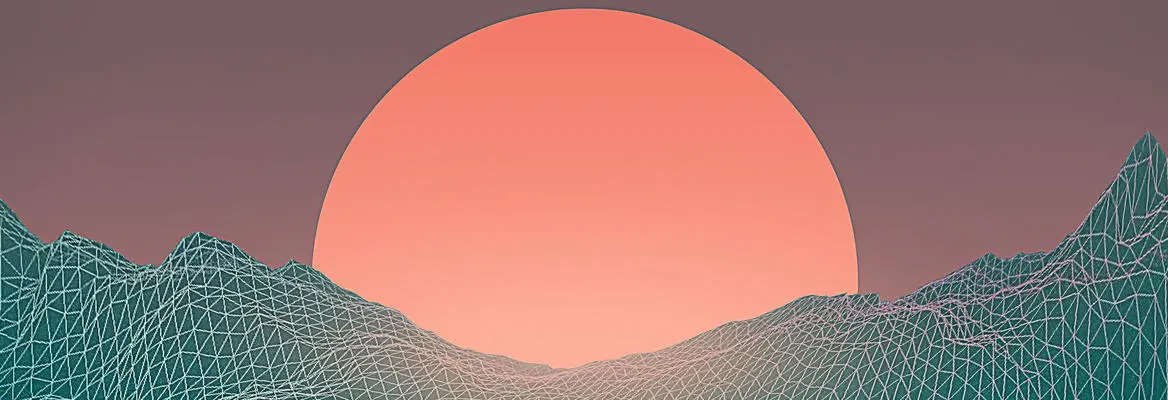


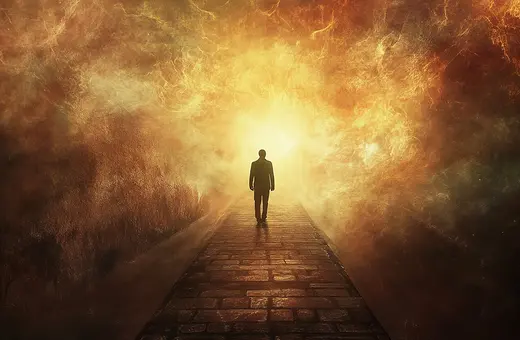
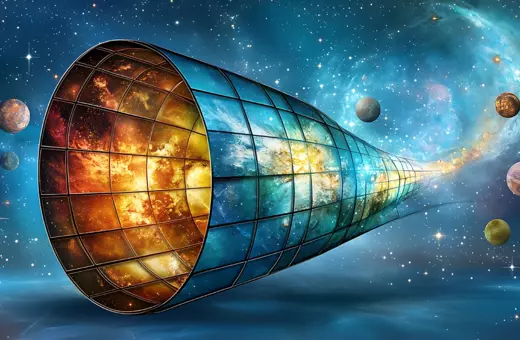
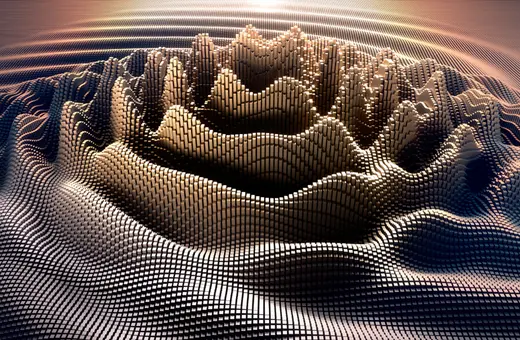
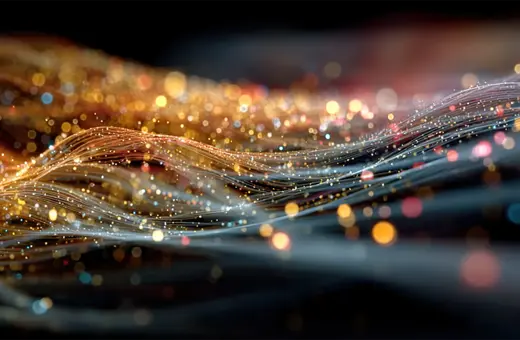
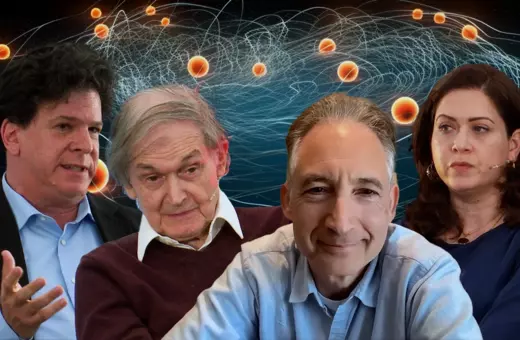

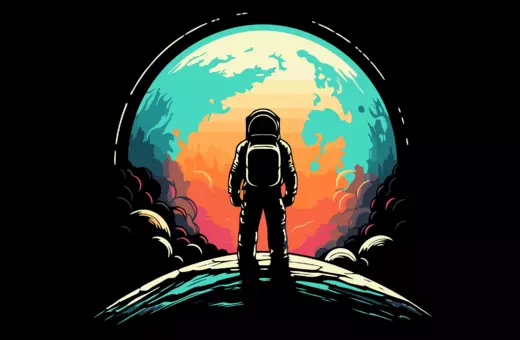
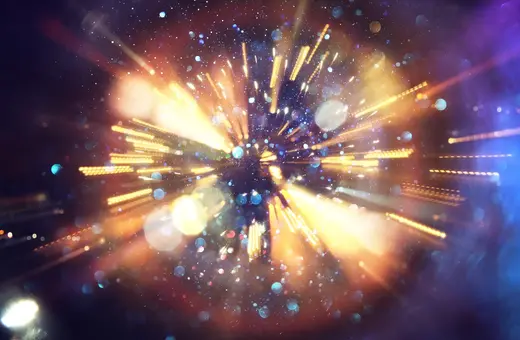
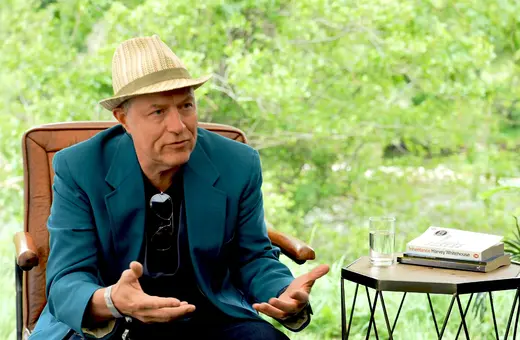


Join the conversation